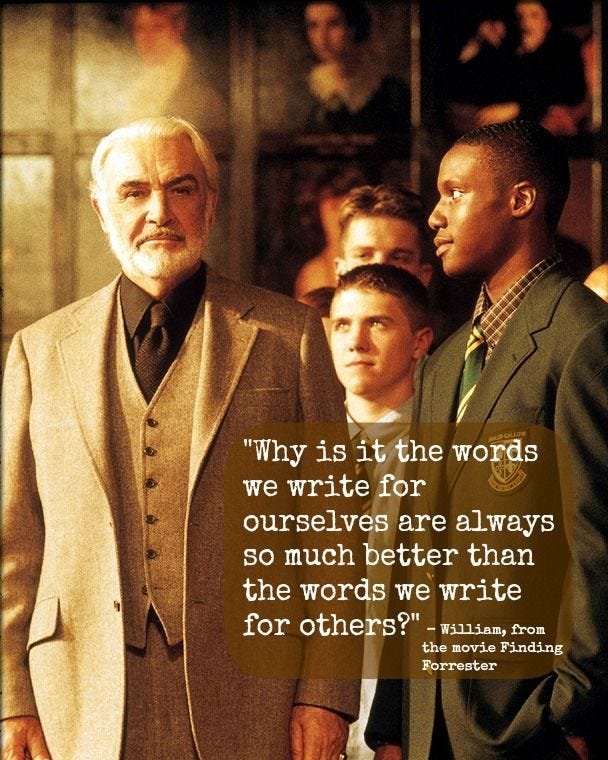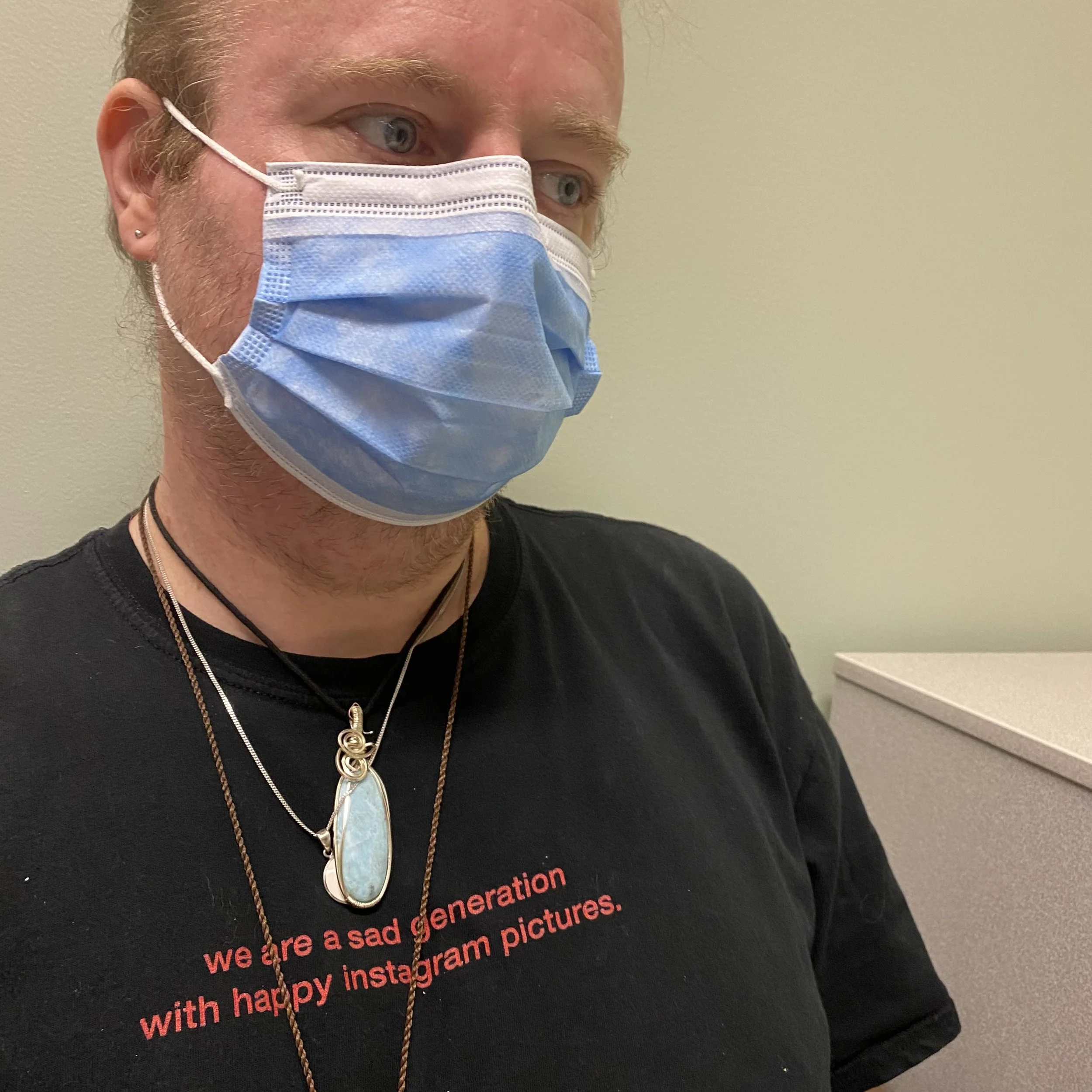Written Reflection Number 2
Do you know what your motivation was to write? What is the original reason why you started to write? That is, what was it that originally caused you to write? DISCOVER what your motivations are. What drives you to be creative, to write (especially when it gets tough, in the grind)?
A kaleidoscope of colourful hard plastic sprawls out across the bedroom floor with a small boy seated at its centre. A set of Empire Strikes Back curtains hang down from the ceiling to the floor, partially blocking the cloudy daylight from pouring into the boy’s second floor south facing room. Like a tiny Buddha, no more than seven or eight years old, the boy sits cross legged on the floor. His upper body leans towards a box that’s tilted on an angle towards him, resting partially on his legs as he peers down into its void to view its contents. There’s a smell of old cardboard and plastic that hangs in the air as his right arm reaches into the box: the boy’s hand pushing through the plastic bricks like an excavator’s arm, which fills the quiet space with a crackly swoosh. Again and again, he scoops up a hearty handful of pieces in search of just the right piece, like one might scoop up water or soil in the palm of their hands. And occasionally, the boy’s eyes widen when the unforeseen possibilities presented by an unexpected piece becomes apparent, taking his project in a new direction. It’s a puzzle without a guide, a small sculpture being shaped purely by the boy’s imagination. Today, his latest space station takes shape, brick by brick, all selected from his collection of Lego.
PHOTO > Lee, Steven. “Still from ‘Memory at Play.’” YouTube, 22 Oct 2011.
Today, a couple of decades later, I can still remember the feeling of the carpet beneath the sides of my bare feet as I’d sit for hours in my room, finding the pieces that felt right to help sculpt alien worlds with my Lego which provided new adventures for my Lego figurines. Growing up, the Lego that was sold was generic, as there weren’t any movie or television show tie-ins to serve as the backdrop for the stories created by my childhood mind. And in many ways, I’m grateful for this lack of specificity, as it gave my inner child countless opportunities to create stories using the blank canvas provided by the Lego. My figurines could be characters from Ghostbusters, GI Joe, The Goonies, Indiana Jones, The Last Starfighter, Star Wars, or from the latest NASA shuttle I’d watched on TV shooting up into space, sending heroic astronauts into orbit high above the Earth. What awe those astronauts must have felt looking down on us, and I can only imagine that it’s not that different from the wonder I had as a boy gazing up at the enormous vastness of the night sky. And my figurines could go back to the moon, or even further out, to Mars, or even farther, to unnamed planets in other galaxies and solar systems. Ultimately, the only limit to the adventures I could have was my imagination.
VIDEO > Lee, Steven. “Memory at Play.” YouTube, 22 Oct 2011.
As I compose the first draft of this reflection, I’m in bed, laying on my stomach as my elbows prop my chest and head above the small notebook that rests in front of me. My right hand holds the pen that darts across the page in this notebook I’ve devoted to exploring the subject of writing, both from a technical and artistic practice. I’m jumping from idea to idea, and that’s okay as I let my mind wander from thought to thought about why I’m motivated to create as an artist. In some ways, I feel apprehensive about answering this question as I think back to the discussion in an earlier lecture about who gets to call themselves a writer. For me, as a child, and for me, today, the creative endeavours I undertake (be it drawing, painting, photographing, sculpting, or writing) all go back to the kinds of feelings I felt when I created with Lego. Feelings of anxiousness, awe, calm, contentment, curiosity, excitement, exploration, fear, happiness, interest, isolation, joy, love, pleasure, reverence, self-doubt, self-trust, solitude, tranquility, and wonder are just some of the emotions, both positive and negative (yin & yang), that I drift between as I create.
Like the countless hours spent with my Lego growing up, the process of creation provides me with beautiful opportunities for moments of solitude. Growing up, I often spent time alone, and it was something I was largely at peace with. It probably didn’t hurt that I have always had an inclination to lean towards introversion: the inner child in me is often an anxious, shy, and socially awkward little kid, something that is, for better or worse, still prevalent in me today. Novelist John Irving, interviewed by the Big Think YouTube channel, in a post called “How to Tell if You’re a Writer | John Irving | Big Think” describes how he knew at an early age that finding solitary moments was important for his psyche:
“…I noticed that the school day was enough to spend with my friends. I seemed to have a need to want to be alone… even before I started keeping a journal… I had a need to come home from school by myself, and to be in a room by myself, or in my grandmother’s garden by myself… the earliest sign was how much I liked being alone, how much I actually needed to be alone, the way you or I need exercise, or food, or a certain amount of sleep. There was that desire and comfort of being alone.”
Being alone provides me with opportunities to recharge after being out in our hectic world.
Artists date.
Final elevator Statement of what motivates me
Works Cited
Big Think. “How to Tell if You’re a Writer | John Irving | Big Think.” YouTube, 23 Apr 2012.


